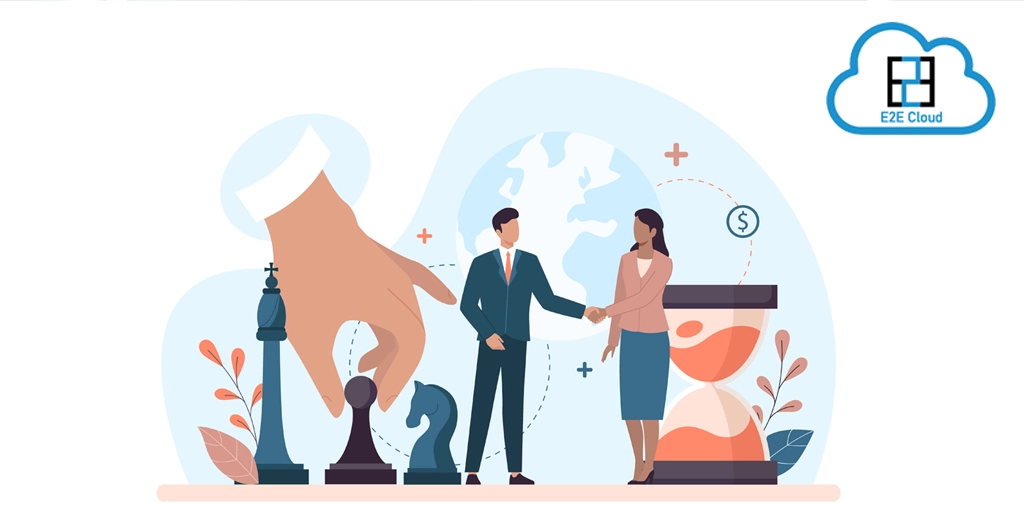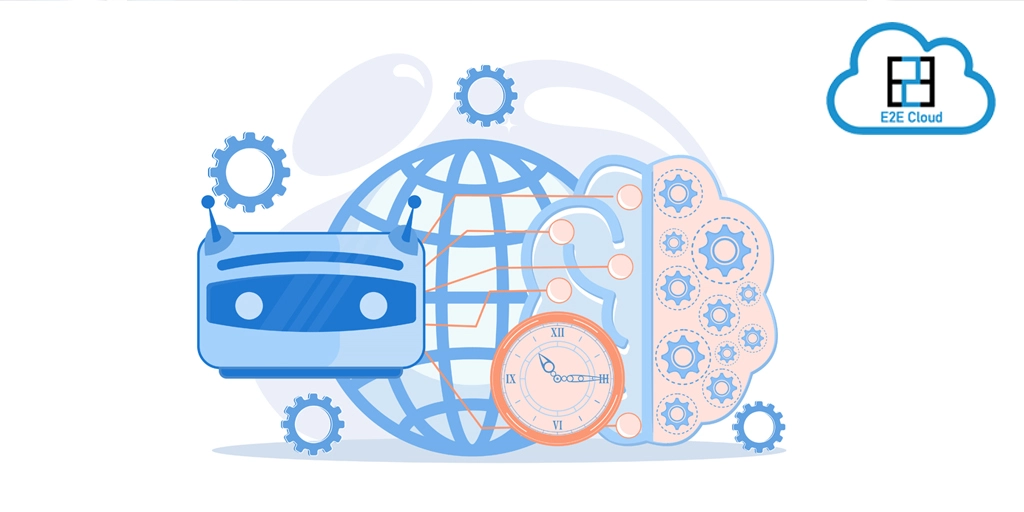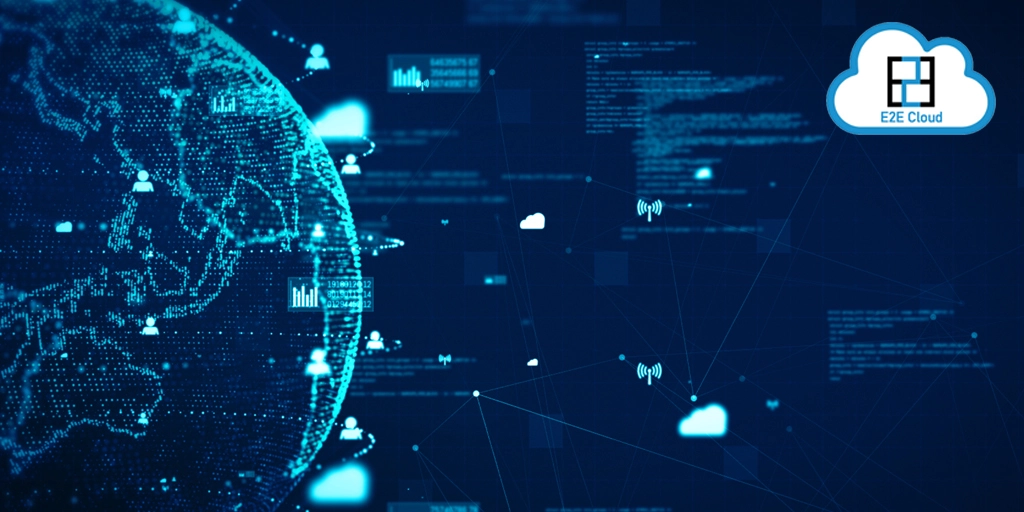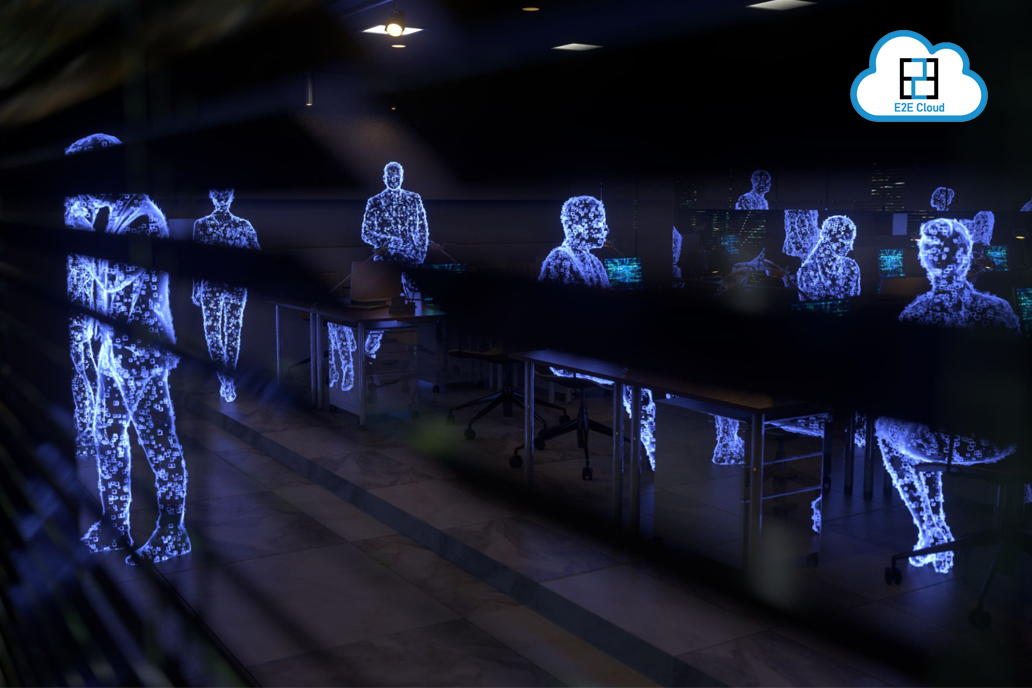Any business is enlivened by its customers. Therefore, a strategy to constantly bring in new clients is an ongoing requirement. In this regard, having a proper customer acquisition strategy can be of great importance.
So, if you are just starting your business, or planning to expand it, read on to learn more about this concept.
The problem with customer acquisition
As an organization, when working in a diverse and competitive market like India, you need to have a well-defined customer acquisition strategy to attain success. However, this is where most startups struggle. Now, you may have a great product or service, but if you are not in the right place targeting the right demographic, you are not likely to get the results you want.
To resolve this, typically, companies invest, but if that is not channelized properly, it will be futile.
So, the best way out of this dilemma is to have a clear customer acquisition strategy in place.
How can you create the ideal customer acquisition strategy for your business?
- Define what your goals are
You need to define your goals so that you can meet the revenue expectations you have for the current fiscal year. You need to find a value for the metrics –
- MRR – Monthly recurring revenue, which tells you all the income that can be generated from all your income channels.
- CLV – Customer lifetime value tells you how much a customer is willing to spend on your business during your mutual relationship duration.
- CAC – Customer acquisition costs, which tells how much your organization needs to spend to acquire customers constantly.
- Churn rate – It tells you the rate at which customers stop doing business.
All these metrics tell you how well you will be able to grow your business and revenue.
- Identify your ideal customers
You need to understand who your current customers are and who your target customers are. Once you are aware of your customer base, you can focus your energies in that direction and get the maximum sale of your products or services. You can also understand what your customers require through various analytics and markers and address them to leverage your products/services towards them.
- Choose your channels for customer acquisition
How will you acquire customers who will eventually tell at what scale and at what rate you need to expand your business? You could market and sell your products on social media channels like Instagram, Facebook and YouTube, or invest in paid marketing like Google Ads. You need to develop a unique strategy for each of these channels.
- Communicate with your customers
If you know exactly what your customers have in mind, then you will be able to develop your customer strategy with a clear perspective in mind. You can do it through surveys or customer opinion forms, email contact forms, blog posts and social media posts. After that, you just need to measure the analytics, clearly understand the insights, and improve your strategy accordingly.
Combining these strategies with your long-term business plan will bring results. However, there will be challenges on the way, where you need to adapt as per the requirements to make the most of it. At the same time, introducing new technologies like AI and ML can also solve such issues easily. To learn more about the use of AI and ML and how they are transforming businesses, keep referring to the blog section of E2E Networks.
Reference Links
https://www.helpscout.com/customer-acquisition/
https://www.cloudways.com/blog/customer-acquisition-strategy-for-startups/
https://blog.hubspot.com/service/customer-acquisition


.png)







